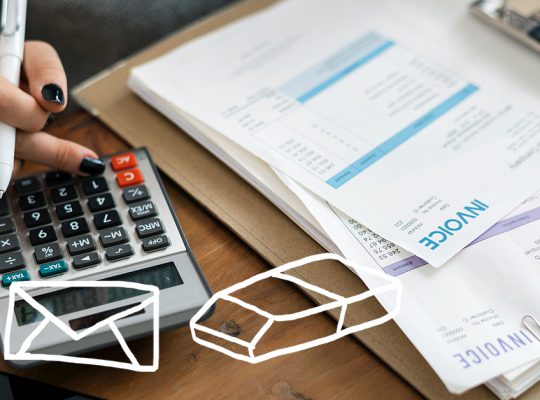Switch to TurboTax and get the expert help you need for only $60.
Five Tax-Saving Tips for Retirees
TurboTax Canada
January 24, 2025 | 3 Min Read
Updated for tax year 2025

Retirement may give you the chance to sleep late and live leisurely, but you don’t want a large tax bill spoiling your fun. To maximize your benefits and lower your tax obligations, check out these five tax-saving tips for retired residents of Canada.
1. Split Your Pension
The Canada Revenue Agency (CRA) requires seniors earning over a certain threshold to pay a 15 percent Old Age Security recovery tax on income over the threshold. For the 2025 income year, the earnings threshold is $93,454 but this figure changes annually. If you are being assessed the recovery tax and your spouse earns less than the threshold amount, split some of your pension income with him.
For example, if you earn $90,000 per year and your partner earns $70,000, transfer $10,000 worth of your annuity, RRSP or RRIF payments to your partner. That transfer brings both of your incomes to $80,000, keeping your family income the same while helping you to avoid the OAS recovery tax.
2. Share Your Pension
3. Claim the Age Amount Credit
Canadian tax filers over a certain age may claim the age amount tax credit. Filers had to be 65 years of age by the end of the tax year to qualify for this credit. For 2025, if someone over 65 earned less than $45,522 per year, their credit would be $9,028. The credit amount decreases as income increases, and seniors earning over $105,709 do not qualify.
4. Transfer Unused Age Amount Credits
The age amount credit reduces taxes you owe, but as a nonrefundable credit, you don’t get the benefit if you have no taxes to reduce. However, unused age amount credits can be transferred to your partner. For example, if you only need $4000 of the age amount tax credit to reduce you tax liability to zero, the unused amount of this nonrefundable tax credit can be transferred to your partner to lower his tax burden.
5. Claim Medical Expenses
Medical expenses that exceed the lesser amount of 3 percent of your net income, or $2,833 (the maximum for 2025), can be claimed on your tax return. Keep your receipts for every medical-related purchase, as you can claim a range of expenses. For example, individuals with certain chronic illnesses can claim up to half of the cost of a new air conditioner, while people who suffer from celiac disease may claim the difference between the cost of gluten-free food and regular food.
If you are disabled, you may be able to claim the disability tax credit to reduce the amount of tax you owe after filing a return.
Resources:
Related articles

© 1997-2024 Intuit, Inc. All rights reserved. Intuit, QuickBooks, QB, TurboTax, Profile, and Mint are registered trademarks of Intuit Inc. Terms and conditions, features, support, pricing, and service options subject to change without notice.
Copyright © Intuit Canada ULC, 2024. All rights reserved.
The views expressed on this site are intended to provide generalized financial information designed to educate a broad segment of the public; it does not give personalized tax, investment, legal, or other business and professional advice. Before taking any action, you should always seek the assistance of a professional who knows your particular situation for advice on taxes, your investments, the law, or any other business and professional matters that affect you and/or your business.









